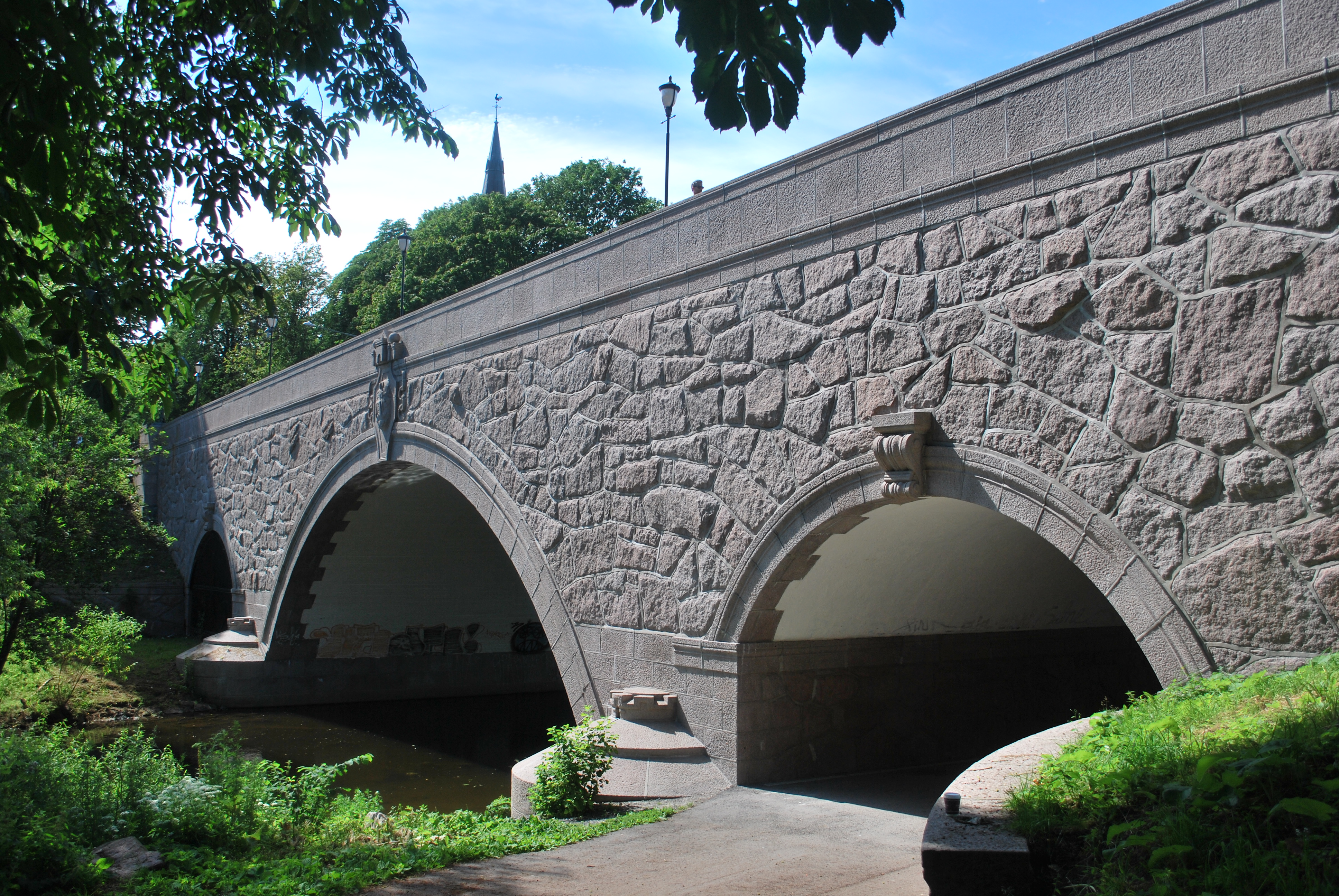Ankerbrua Oslo on:
[Wikipedia]
[Google]
[Amazon]

 Ankerbrua is a bridge located in the district of Grünerløkka in
Ankerbrua is a bridge located in the district of Grünerløkka in
''Peer Gynt'' statue by Dyre Vaa on Ankerbrua ''Kari Trestakk'' statue by Dyre Vaa on Ankerbrua''Kvitebjørn kong Valemon'' statue by Dyre Vaa on AnkerbruaAnkerbrua picture gallery
Grünerløkka Bridges in Oslo Akerselva Bridges completed in 1926
 249x249px, Bronze sculptures by Dyre Vaa ''Per Gynt'' and ''Kari Trestakk'' (1937) on Ankerbrua.
{{Oslo-geo-stub
249x249px, Bronze sculptures by Dyre Vaa ''Per Gynt'' and ''Kari Trestakk'' (1937) on Ankerbrua.
{{Oslo-geo-stub

 Ankerbrua is a bridge located in the district of Grünerløkka in
Ankerbrua is a bridge located in the district of Grünerløkka in Oslo
Oslo ( , , or ; sma, Oslove) is the capital and most populous city of Norway. It constitutes both a county and a municipality. The municipality of Oslo had a population of in 2022, while the city's greater urban area had a population of ...
, Norway
Norway, officially the Kingdom of Norway, is a Nordic country in Northern Europe, the mainland territory of which comprises the western and northernmost portion of the Scandinavian Peninsula. The remote Arctic island of Jan Mayen and t ...
.
History
Ankerbrua was built over theAker River
Akerselva or Akerselven ( en, Aker River) is a river which flows through Oslo. It starts at Maridalsvannet in Oslomarka, and traverses the boroughs of Nordre Aker, Sagene, Grünerløkka, central Oslo and Grønland, whereby it finally ends at P ...
(''Akerselva'') to serve as an extension of Torggata along Ankertorget
Ankertorget was a market square located in the city centre of Oslo, Norway. The property site lies between Torggata, Storgata, Hausmannsgate and the Akerselva.
Ankertorget was developed between 1880–1882 and named after 18th century merch ...
with Søndre gate. The former wooden bridge was constructed in 1874. After several landslides on muddy terrain, it was demolished. It was replaced by the current structure in 1926, being made of Drammen granite from Røyken. The walls of the bridge have an irregular pattern and rough surface in the Art Nouveau style
Art is a diverse range of human activity, and resulting product, that involves creative or imaginative talent expressive of technical proficiency, beauty, emotional power, or conceptual idea
In common usage and in philosophy, ideas are ...
.
During plans to renovate the Grünerløkka borough in the 1960s, Ankerbrua was one of the few structures selected to be preserved.
The bridge has been nicknamed
A nickname is a substitute for the proper name of a familiar person, place or thing. Commonly used to express affection, a form of endearment, and sometimes amusement, it can also be used to express defamation of character. As a concept, it is ...
the Fairytale Bridge (''Eventyrbrua'') due to its four sculptures, one in each corner. These sculptures were designed by Norwegian sculptor and artist, Dyre Vaa
Dyre Vaa (19 January 1903 – 11 May 1980) was a Norwegian sculptor and painter.
Background
He was born in Kviteseid, Telemark, and later lived and worked in Rauland. He was the son of Tor Aanundsson Vaa (1864–1928) and Anne Marie Roholt ...
. Cast from bronze in 1937, each figure represents a different Norwegian folk hero
A folk hero or national hero is a type of hero – real, fictional or mythological – with their name, personality and deeds embedded in the popular consciousness of a people, mentioned frequently in folk songs, folk tales and other folklore; ...
from Norwegian Folktales.
The motifs are:
*'' White-Bear-King-Valemon'' (''Kvitebjørn kong Valemon)'' - a king who was cursed to spend his days as a polar bear after he refused to marry a wicked witch.
*'' Per Gynt'' - a legendary deer hunter from Gudbrandsdalen.
*'' Katie Woodencloak'' (''Kari Trestakk'') - who escaped her evil stepmother on the back of a great blue ox.
*'' Veslefrikk med fela'' - a young man who gets three wishes from a troll.
References
External links
''Peer Gynt'' statue by Dyre Vaa on Ankerbrua
Grünerløkka Bridges in Oslo Akerselva Bridges completed in 1926

 249x249px, Bronze sculptures by Dyre Vaa ''Per Gynt'' and ''Kari Trestakk'' (1937) on Ankerbrua.
{{Oslo-geo-stub
249x249px, Bronze sculptures by Dyre Vaa ''Per Gynt'' and ''Kari Trestakk'' (1937) on Ankerbrua.
{{Oslo-geo-stub